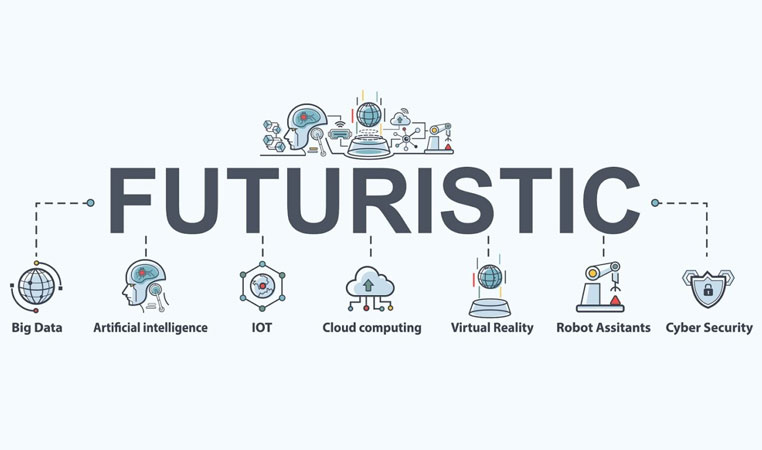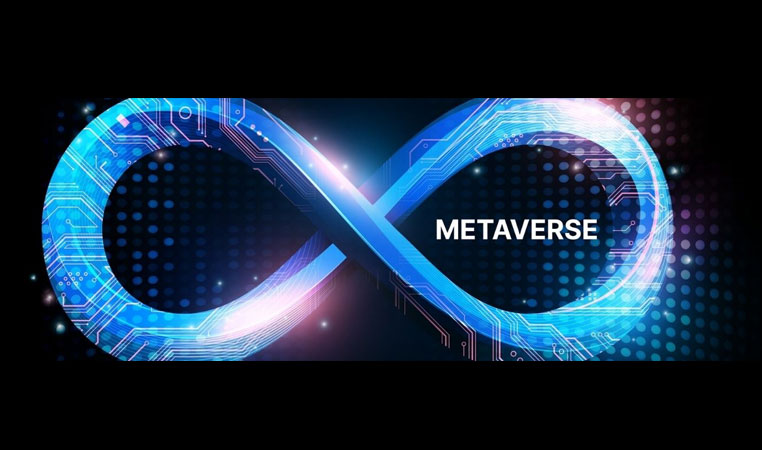Enterprises use data to make decisions more than ever before. Analytics and business intelligence (A&BI) platforms offer businesses data-driven insights. These platforms spot data trends and help the CX team model, analyse, explore, share, and manage data. The simplified front-end and automation capabilities allow even lay users to visualise insights.
The Gartner Magic Quadrant for Analytics and Business Intelligence Platforms is an annual research report that reviews the top vendors in the A&BI space.
Gartner evaluates the A&BI platforms on the following criteria:
- Ability to deliver automated insights.
- Analytics capabilities.
- Collaboration options.
- Data preparation.
- Data science integration.
- Data source connectivity.
- Data visualisation ability.
- Governance strength.
- Metrics store.
- Ability to process natural language queries.
- Reporting capabilities.
- Storytelling capabilities.
Gartner categorises the vendors into four categories: leaders, challengers, visionaries, and niche players. The 2023 quadrant reviews and classifies twenty key A&BI vendors into these quadrants.
Leaders
The Leaders quadrant includes vendors offering comprehensive features and a proven track record. These vendors offer advanced data preparation and exploration, visualisation, storytelling and analytics capabilities. They also have robust collaboration, sharing, governance, and security capabilities. But what sets them apart is their clear vision for B&AI, strong focus on innovation, and the constant addition of new features and capabilities.
The following are the leaders, as per the 2023 Gartner Magic Quadrant for Analytics and Business Intelligence Platforms.
Microsoft Power BI: Microsoft has entrenched its position at the top of the market owing to its unmatched value. The Power BI platform makes self-service analytics easy. The latest integrations, Power Apps and Power Automate, showcase Microsoft’s innovation power. A plus is its tight and seamless integration with other products of the Microsoft staple, such as Microsoft Office 365 and Teams.
Qlik Sense: Qlik Sense scores on its powerful data visualisation capabilities and easy scalability. Qlik Sense Enterprise SaaS enables deep analytics with a visual no-code approach. The platform’s unique associative data model allows users to explore data relationships easily.
Tableau: Salesforce is Microsoft’s closest competitor. Salesforce Tableau scores on powerful data visualisation capabilities, making storytelling easy. Another source of strength is Salesforce’s robust developer community. Its cloud, data source and application-agnostic nature add to its versatility.
Challengers
The Challengers quadrant includes upcoming vendors. Like leaders, challengers also offer great value and innovative features and are in a growth mode. But, they may not yet offer the wide range of features and functionalities the leaders offer. Many vendors have limited native integrations. They also lag in industry-specific innovation, geographical footprint, and sales channels.
Gartner places the following vendors in the challenger quadrant.
Alibaba Cloud: Alibaba Cloud, the only Chinese cloud computing platform in Gartner’s list, is a cost-effective option in the APAC region. Key strengths include its composable analytics approach that connects disparate data sources. The Quick BI platform offers modular and reusable data and analytics capabilities. The platform is in a rapid expansion mode.
Amazon Web Services: Amazon Web Services (AWS), the most popular cloud computing platform, also offers A&BI capabilities. The platform offers mature SDKs and APIs for users to develop sophisticated embedded analytics use cases. Serverless cloud BI services enable complex tasks without straining the cloud infrastructure. AWS also scores on its pay-for-use pricing model. It is a good option for enterprises seeking a scalable and cost-effective A&BI solution.AWS lags in support services and end-user training.
Domo: Domo’s key USP is its self-service analytics. The platform offers a robust data warehouse with 1000+ native data and application connectors. The “Domo App Framework” embeds BI into business workflows and enables what-if analysis in a low-code environment. The platform is also scalable and supports multi-persona. A big drawback is a limited third-party ecosystem.
Google Cloud Platform: Google Cloud Platform (GCP) has improved its business intelligence and artificial Intelligence capabilities. The platform now offers a comprehensive set of A&BI capabilities. The semantic layer combines Looker, Data Studio (Looker Studio), and a LookML semantic layer. Businesses can leverage Google Sheets, Microsoft Power BI, and Tableau with other tools. Other key USPs include the decision-support and workflow features. Deep integrations with Google Cloud Platform solutions, such as Composer, Dataproc, and Dataprep. A drawback is the platform’s focus on developers and not the end-users.
MicroStrategy: MicroStrategy is another well-established BI platform. MicroStrategy’s approach of organic build-up instead of acquiring code bases delivers unmatched stability. Other USP’s include robust reporting and governance. But, the platform falls short in augmented analytics and lacks product differentiation.

Visionaries
The visionaries, like the leaders and challengers, also offer many features. Most vendors offer data preparation, visualisation, advanced analytics, and machine learning capabilities. But they may not have the same experience, market share, or proven track record as the leaders. This means they do not have the resources or the level of support that leaders enjoy. Many visionaries are new to the market. Some established players have only recently launched their A&BI platform.
Visionaries also may not have deep integrations with other systems. Their platforms do not always connect friction-free with other data sources or applications.
Another area of drawback is scalability and security. The vendors’ platforms in the visionary quadrant may not be as scalable as those of leaders, meaning they may not be able to handle large amounts of data.
The vendors included in the visionaries segment include:
IBM: IBM Cognos Analytics with Watson offers comprehensive features and functionality. The platform is versatile and deployable on-premises, cloud, or hybrid.
Oracle Analytics Cloud: Oracle Analytics Cloud scores on its comprehensive feature set. Oracle has, of late, released composability features and action frameworks. The platform also scores in innovation. It even offers human-like avatars to present analytics news.
Pyramid Analytics: Pyramid Analytics’s strength lies in embedded analytics and a no-code environment. The platform offers spreadsheet functionalities, business modelling capabilities, and a decision modelling plug-in.
SAP Analytics Cloud: SAP Analytics Cloud scores on its excellent user optimisation capabilities. Other strengths include Improved storytelling and reporting capabilities. The tight integration with other SAP products makes it the A&BI platform of choice for enterprises already using SAP.
SAS: SAS Visual Analytics is a customisable platform. Enterprises use the platform to prepare and analyse data to augment business processes. Key strengths include text analytics capabilities, advanced data visualisation capabilities and automated insights. On the flip side, the pricing model is complex.
Sisense: The Sisense BI platform cores on scalability and flexibility. It offers Fusion Analytics, Fusion Embed, and Infusion Apps. The platform demonstrates rapid innovation and has already jumped into the ChatGPT bandwagon. But, the platform has a limited application ecosystem.
TIBCO: TIBCO Spotfire specialises in streaming analytics and is handy for analysing real-time data. The platform offers excellent support for data scientists, including citizen data scientists. Other USPs include prebuilt domain applications, deployment flexibility and autoscaling. The platform suffered from a steep learning curve earlier. The new “actions” tool enables no-code BI functionality in workflows and eliminates the learning curve.
Tellius: Tellius specialises in self-service analytics, deliverable through natural language query search. The platform offers an inventive approach by delivering insights through “What?”, “Why?” and “How?” interfaces. Other strengths include scalability and multiperson support. The platform, however, lacks storytelling capacity, supporting infographics and connected slideshow features.
ThoughtSpot: ThoughtSpot has become popular for its ability to conduct tricky analyses while delivering a streamlined user experience. The platform’s unique search-based interface allows users to find insights with ease. Another plus is the scalability to handle expansive datasets. The absence of a full data and analytics stack solution remains a limitation, though.
Niche
The niche quadrant includes vendors who focus on a specific niche in the A&BI market. These vendors offer deep functionality in their area of focus, much more than what leaders or challengers may provide. These vendors may, however, lack functionalities in other areas and may not be as well-rounded as those in the other quadrants.
GoodData: GoodData’s scores on its composability and strong third-party resources. Its analytical architecture decouples the analytical backend from its metric store. Clients can consume metrics through open APIs and SDKs. The platform has limited core capabilities though.
Incorta: Incorta allows clients to model data from enterprise applications in double-quick time. Its key USPs include agile operational reporting, robust security and high scalability. The downsides include limited functionality and the inability to differentiate from competitors.
Zoho: Zoho’s key USP is its pluggable microservices architecture that boosted its composability. The drawback is the lack of BI-specific capabilities.
Comparing Gartner’s 2023 and 2022 magic quadrants, there is not much change at the top. Microsoft has entrenched itself as the market leader, with Salesforce close on its heels. Qlik has also advanced and become a more complete offering. The biggest churn is in the challengers and visionary space. Alibaba Cloud, AWS, and MicroStrategy have advanced from niche players to challengers. Pyramid Analytics has advanced from a niche player to a visionary. No vendor has dropped back despite the hated competition.
Tech leaders can use the insights offered by the Gartner Magic Quadrant for analytics and business insights platforms to navigate market conditions and overcome the business intelligence challenges they confront. They can use the insights to develop a cohesive technology roadmap and identify potential leaders such as Alibaba Cloud.
But an important note of caution. Gartner’s magic quadrant is a subjective assessment of the vendors. It is not a definitive or conclusive ranking of the vendors’ worth or capabilities. Also, the Magic Quadrant offers a snapshot at a particular time. The positions of the vendors can and often change over time. Also, the Magic Quadrant is a general blunt hammer assessment. Enterprises need to factor in their specific needs, which may not concur with Gartner’s assessment. Consider the enterprise budget, timeline, and available technical expertise over generic rankings. For best results, use Gartner’s Magic Quadrant as a general guide and one of multiple tools to evaluate A&BI vendors.











